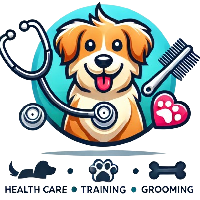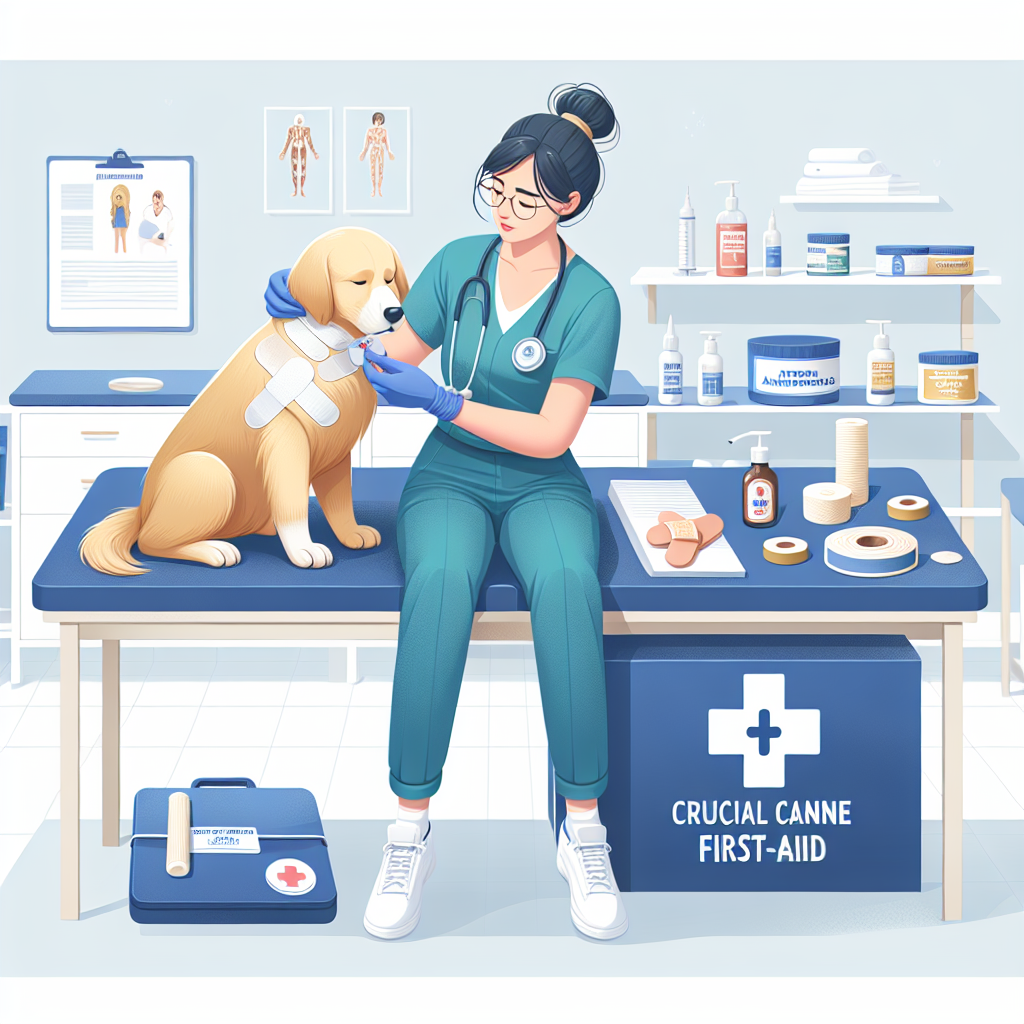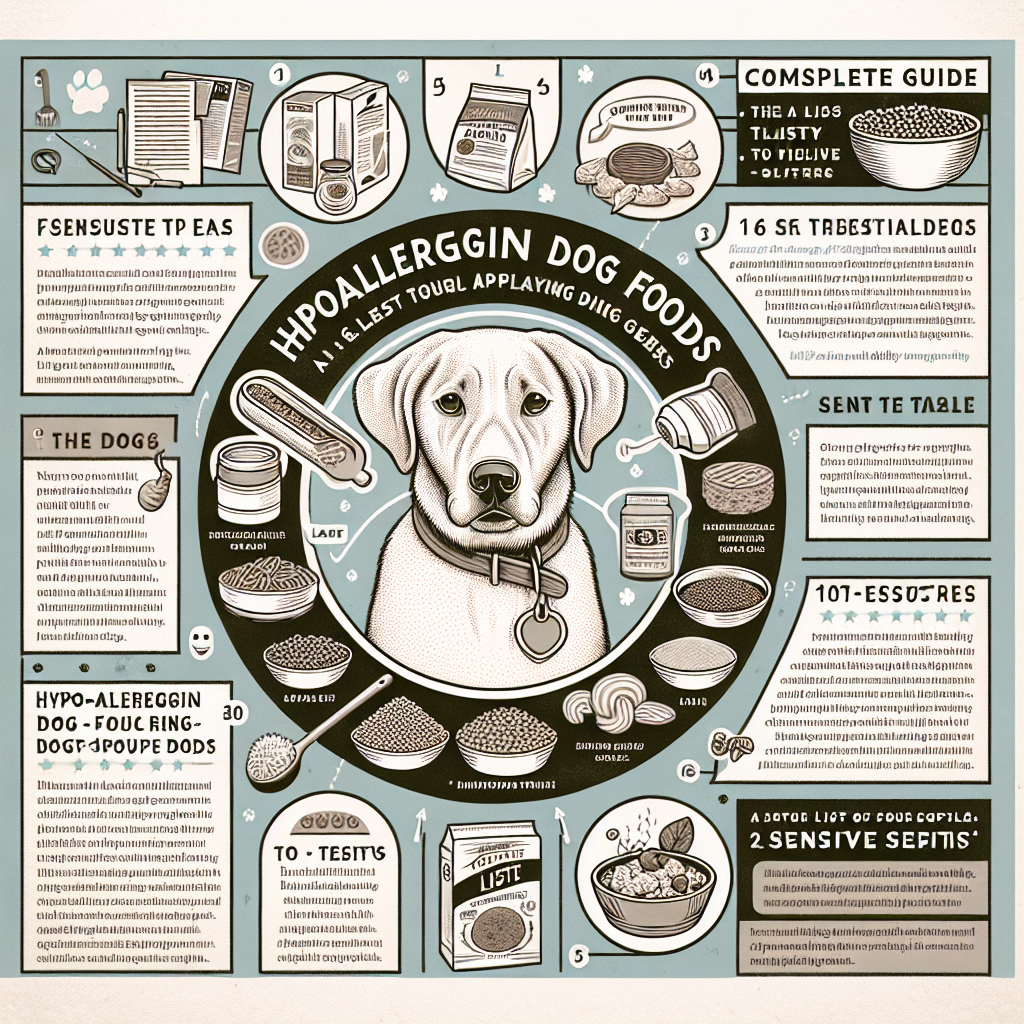
Dogs are more than just pets; they’re cherished family members who bring boundless joy, loyalty, and companionship into our lives. As responsible pet owners, it is our duty to ensure they live long, healthy, and happy lives. Preventive care is crucial in achieving this goal, encompassing everything from regular veterinary visits to maintaining a healthy diet and exercise routine. This comprehensive guide covers the top 10 essential preventive care tips that will help to keep your dog in tip-top shape.
1. Regular Veterinary Check-Ups
One of the cornerstones of preventive care is regular veterinary check-ups. These visits enable the early detection and treatment of potential health issues, such as:
-
- Vaccinations: Keeping vaccinations up-to-date can prevent life-threatening diseases like rabies, parvovirus, and distemper.
-
- Parasite Control: Fleas, ticks, and internal parasites can cause severe health problems. Routine checks and preventive treatments can keep these pests at bay.
-
- Overall Health Assessment: Regular vet visits allow for the early detection of issues like dental disease, heart conditions, and obesity.
Tip: Schedule an annual veterinary check-up for your dog. For senior dogs or those with chronic conditions, more frequent visits may be necessary.
2. Proper Nutrition
A balanced diet is vital for your dog’s overall health. Poor nutrition can lead to a plethora of health issues, including obesity, malnutrition, and various diseases. Here’s how to ensure your dog gets the nutrition they need:
-
- Quality Dog Food: Choose high-quality dog food that meets your pet’s specific nutritional needs based on their age, size, breed, and activity level.
-
- Portion Control: Overfeeding can lead to obesity, while underfeeding can result in nutritional deficiencies. Follow the recommended portion sizes on the dog food packaging or consult your vet.
-
- Avoid Human Food: Many human foods are toxic to dogs, including chocolate, grapes, and onions. Stick to dog-approved treats and snacks.
Tip: Always consult your vet before making any significant changes to your dog’s diet.
3. Regular Exercise
Exercise is essential in maintaining your dog’s physical and mental well-being. Different dogs have different exercise needs based on their breed, age, and health condition. Here’s how to keep your dog active:
-
- Daily Walks: Regular walks not only provide physical exercise but also mental stimulation through exploration.
-
- Playtime: Interactive play, like fetch or tug-of-war, keeps your dog engaged and active.
-
- Training Activities: Incorporating training into exercise routines can stimulate your dog’s mind and reinforce good behavior.
Tip: Aim for at least 30 minutes to 2 hours of exercise daily, depending on your dog’s needs.
4. Dental Care
Neglecting your dog’s oral health can lead to periodontal disease, which can cause pain, tooth loss, and systemic infections. Preventive dental care includes:
-
- Regular Brushing: Brush your dog’s teeth several times a week using dog-safe toothpaste.
-
- Dental Chews and Toys: These can help reduce plaque and tartar buildup.
-
- Professional Cleanings: Schedule veterinary dental cleanings as needed.
Tip: Start dental care routines when your dog is young to acclimate them to the process.
5. Grooming
Regular grooming is more than just keeping your dog looking good; it’s also crucial for their health. Grooming routines should include:
-
- Brushing: Regular brushing prevents matting and removes loose fur, dirt, and parasites.
-
- Bathing: Bathe your dog as needed based on their breed and lifestyle. Use dog-specific shampoos to avoid skin irritation.
-
- Nail Trimming: Overgrown nails can cause pain and walking difficulties. Trim your dog’s nails regularly.
-
- Ear Cleaning: Clean your dog’s ears to prevent infections, especially for breeds prone to ear problems.
Tip: Grooming sessions are also a good time to check for lumps, bumps, or any skin abnormalities.
6. Mental Stimulation
Mental stimulation is just as important as physical exercise. Engaging activities can prevent boredom, which often leads to behavioral problems. Ways to keep your dog mentally stimulated include:
-
- Puzzle Toys: These toys challenge your dog to think and solve problems to get a reward.
-
- Training Sessions: Teach new tricks or reinforce old ones to keep your dog’s mind sharp.
-
- Socialization: Interacting with other dogs and people can also provide mental stimulation.
Tip: Rotate toys and activities to keep things fresh and engaging for your dog.
7. Spaying and Neutering
Spaying or neutering your dog not only prevents unwanted litters but also provides significant health benefits, such as:
-
- Reduced Cancer Risk: Spaying/neutering reduces the risk of certain cancers, such as ovarian and testicular cancer.
-
- Behavioral Benefits: It can also reduce undesirable behaviors like marking territory and aggression.
Tip: Consult your vet to determine the best age for spaying or neutering your dog.
8. Weight Management
Obesity is a common and preventable problem that can lead to severe health issues, including diabetes, arthritis, and heart disease. Steps to manage your dog’s weight include:
-
- Balanced Diet: Feed your dog a balanced diet with the appropriate portion sizes.
-
- Regular Exercise: Ensure your dog gets sufficient exercise to burn off excess calories.
-
- Regular Weigh-Ins: Monitor your dog’s weight regularly and consult your vet if you notice significant changes.
Tip: Use treats sparingly and opt for low-calorie options when training or rewarding your dog.
9. Vaccinations and Preventive Medications
Keeping your dog up-to-date on vaccinations and preventive medications is vital in protecting them from various diseases. Key vaccinations include:
-
- Core Vaccines: Required for all dogs, such as rabies, distemper, parvovirus, and adenovirus.
-
- Non-Core Vaccines: Based on your dog’s lifestyle and risk factors, like Lyme disease and kennel cough.
Preventive medications include:
-
- Heartworm Prevention: Monthly medications can prevent heartworm disease, which is often fatal.
-
- Flea and Tick Preventives: These help to prevent infestations and the diseases they can carry.
Tip: Maintain a vaccination and medication schedule to ensure your dog receives necessary protection.
10. Emergency Preparedness
Being prepared for potential emergencies can make a significant difference in the outcome. Steps to be prepared include:
-
- First Aid Kit: Keep a dog-specific first aid kit on hand for emergencies.
-
- Emergency Contacts: Have your vet’s contact information readily available, along with the nearest emergency animal hospital.
-
- Microchipping: Ensure your dog is microchipped and that the information is up-to-date. This can aid in recovering your dog if they get lost.
-
- Training: Train your dog in basic commands like “come,” “stay,” and “leave it,” which can be crucial in emergencies.
Tip: Create a pet emergency plan that includes evacuation routes and supplies.
Conclusion
Preventive care is an essential aspect of responsible dog ownership. By following these top 10 preventive care tips, you can ensure your dog remains healthy, happy, and by your side for many years to come. Regular veterinary visits, proper nutrition, consistent exercise, dental care, grooming, mental stimulation, spaying/neutering, weight management, vaccinations, and emergency preparedness are all integral components in caring for your canine companion. Remember, the effort you invest in preventive care today will pay off with a healthier and more joyful life for your beloved pet.
#ChatGPT assisted in the creation of this article.





